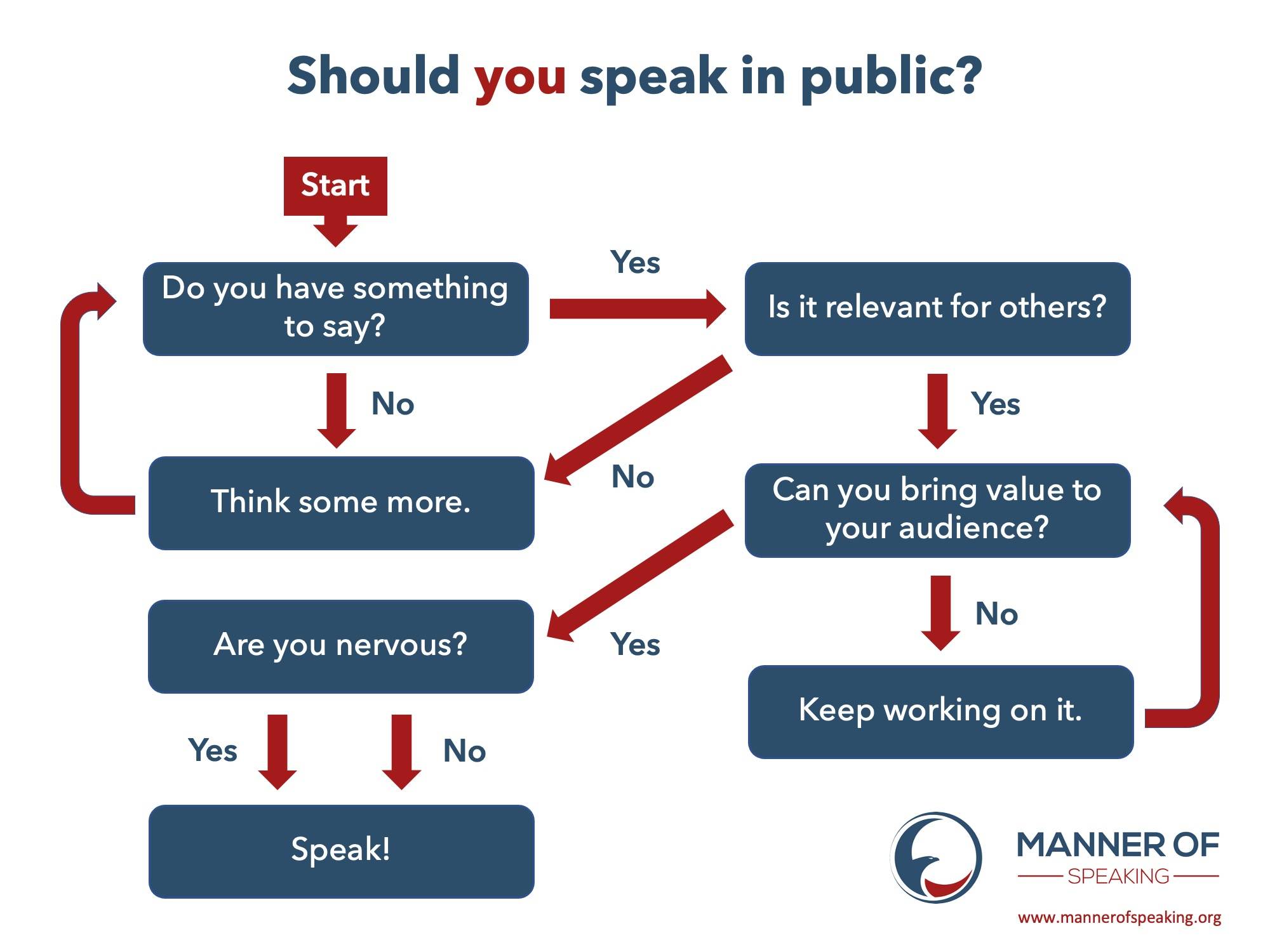Speaking Flow
Speaking Flow refers to the smooth and continuous delivery of spoken language, without pauses or hesitations. It is essential in effective communication as it enhances clarity and engagement.
Developing a strong speaking flow requires practice and attention to factors such as pacing, intonation, and fluency. Mastering speaking flow can greatly improve one’s public speaking skills and overall communication abilities. We will explore strategies and techniques to help you cultivate a confident and seamless speaking flow, enabling you to effectively express your thoughts and ideas.

Credit: www.flowspeak.io
Benefits Of Speaking Flow
Speaking flow refers to the ability to communicate effortlessly and smoothly. When we achieve a natural flow while speaking, several benefits arise. These benefits not only enhance our communication skills but also improve our overall understanding. Let’s explore some of the key advantages of speaking flow:
Improved Fluency
Improved fluency is one of the most noticeable benefits of speaking flow. When we speak fluently, we are able to express our thoughts and ideas clearly and confidently. This allows us to engage in meaningful conversations and convey our message effectively. Speaking fluently also helps in avoiding interruptions and hesitations, allowing for a smoother and more enjoyable conversation experience.
Enhanced Understanding
Speaking flow also leads to enhanced understanding. When we speak fluently, we are able to grasp the meaning and context of what others are saying more quickly and accurately. This helps us to actively listen and respond accordingly, fostering better communication and building stronger connections with others. When we understand others better, we are able to engage in more meaningful conversations and collaborate effectively in various situations.
To summarize, developing a speaking flow brings numerous benefits, including improved fluency and enhanced understanding. By working on our speaking skills, we can enhance our communication abilities, connect with others more effortlessly, and effectively convey our thoughts and ideas.
Techniques For Developing Speaking Flow
Developing speaking flow involves implementing effective techniques that help speakers achieve a smooth and coherent delivery. By practicing fluency exercises, using appropriate transitions, and engaging in regular conversation practice, individuals can improve their speaking flow and communicate more confidently.
Practicing With Native Speakers
One of the most effective techniques for developing speaking flow is to practice with native speakers. Immersing yourself in real conversations with people who speak the language fluently allows you to observe their natural flow and grasp the nuances of pronunciation, intonation, and pacing. If you don’t have access to a native speaker in person, technology has made it easier than ever to connect with them online through language exchange platforms or video chats. By engaging in regular conversations with native speakers, you will gain confidence and improve your speaking flow over time.Using Conversation Starters
Conversation starters can be a valuable tool for improving speaking flow, especially for those who may be less comfortable initiating conversations. These prompts provide a structured way to kickstart discussions and keep them flowing smoothly. Whether it’s a question about hobbies, current events, or personal experiences, having a list of conversation starters can help ease the pressure and keep the conversation vibrant. Consider preparing a few conversation starters in advance, or even use them as icebreakers when meeting new people. By having a starting point, you can overcome any initial reservations and dive into meaningful conversations with ease.Practicing With Real-life Situations
To truly develop speaking flow, it’s important to practice in real-life situations as much as possible. This means putting yourself in situations where you’re forced to communicate in the target language, whether it’s ordering food at a restaurant, asking for directions, or engaging in small talk with strangers. By stepping out of your comfort zone, you’ll be able to apply what you’ve learned in a practical way. These real-life situations require quick thinking and adaptability, which are essential skills for developing a fluent speaking flow. The more you expose yourself to these scenarios, the more comfortable and confident you will become in your speaking abilities.Record And Analyze Your Conversations
Recording your conversations and analyzing them can be an incredibly powerful technique for developing speaking flow. By listening to your own voice, you can identify areas where you may be stumbling or lacking fluency. Take note of any patterns or recurring errors you notice and make a conscious effort to improve in those areas. Additionally, listening to recordings of your conversations with native speakers can help you pick up on their speech patterns, cadence, and intonation, allowing you to incorporate these elements into your own speaking style. The process of self-reflection and analysis will sharpen your awareness and facilitate continuous improvement.Seek Constructive Feedback
Another valuable technique for developing speaking flow is to seek constructive feedback from others. Share your recorded conversations or engage in practice sessions with language partners who can provide you with honest feedback and suggestions for improvement. Be open to constructive criticism, as it is an invaluable tool for identifying areas where you can enhance your speaking flow. Embrace this feedback as an opportunity to grow and fine-tune your skills. Implementing the suggestions and guidance from others will accelerate your progress and help you develop a more natural and effortless speaking flow.Incorporate Idioms And Expressions
Idioms and expressions are a crucial component of fluency and can significantly enhance your speaking flow. Familiarize yourself with commonly used idiomatic phrases and expressions in the target language and make a conscious effort to incorporate them into your conversations. This will not only make your speech more dynamic and engaging but will also demonstrate a deeper understanding of the language. Pay attention to how native speakers use idioms and expressions in context, and gradually integrate them into your own speech. With consistent practice, you’ll find yourself naturally using idioms and expressions to enhance your speaking flow.Common Challenges In Speaking Flow
Speaking flow can be hindered by various challenges. These obstacles can include problems with pronunciation, lack of vocabulary, difficulties with grammar, nervousness, and lack of confidence. Overcoming these challenges requires practice, perseverance, and a commitment to improving one’s speaking skills.
Speaking with a smooth and natural flow is crucial for effective communication. However, many individuals face common challenges that hinder their ability to maintain a seamless flow in their speech. Overcoming these challenges can significantly enhance one’s ability to communicate clearly and confidently. In this section, we will explore two common hurdles individuals face when it comes to speaking flow: difficulty transitioning between words and lack of confidence.
Difficulty Transitioning Between Words
One of the most common challenges individuals encounter when trying to maintain a smooth speaking flow is difficulty transitioning between words. This challenge often manifests in the form of hesitations, pauses, or stumbling over words while speaking. The inability to smoothly navigate from one word to another can disrupt the overall flow of speech and make it harder for listeners to follow along.
To address this challenge, it is important to develop strategies that enable effortless transitions between words. Here are a few techniques to help improve your word transitioning:
- Practice Tongue Twisters: Engaging in tongue twisters can help train your tongue, mouth, and vocal cords to move swiftly between words. Consistent practice with tongue twisters can significantly enhance your word transitioning abilities.
- Slow Down and Take a Breath: Oftentimes, individuals rush through their words, leading to poor transitions. Slowing down your pace and taking intentional breaths can provide you with the necessary time to smoothly transition from one word to the next.
- Conscious Word Linking: Focus on linking words together by blending sounds and reducing pauses. By consciously connecting each word, you can create a more seamless flow in your speech.
- Use Filler Phrases: Utilize filler phrases such as “umm” or “uhh” sparingly as placeholders to bridge gaps between words. However, be mindful not to overuse them, as it can become distracting.
Lack Of Confidence
Lack of confidence is another significant challenge that can hinder the overall speaking flow. When individuals are not confident in their speaking abilities, they may experience self-doubt, which can lead to hesitations, stammering, or a disjointed delivery.
To boost your confidence and improve your speaking flow, consider the following tips:
- Prepare and Practice: Thorough preparation and regular practice can help alleviate anxiety and increase your confidence. Familiarize yourself with the topic you plan to speak about and rehearse your speech or presentation multiple times.
- Visualize Success: Spend a few minutes each day visualizing yourself speaking with confidence and fluency. This visualization exercise can help build a positive mindset and boost your self-assurance.
- Focus on Your Strengths: Acknowledge your strengths as a speaker and highlight them in your delivery. Emphasizing what you do well will reinforce your confidence and contribute to a smoother speaking flow.
- Seek Feedback: Solicit feedback from trusted friends, family members, or colleagues to gain insights into areas where you can improve. Constructive feedback can help you address specific concerns and enhance your overall speaking flow.

Credit: www.flowspeaking.com
Tips To Overcome Challenges
Looking to improve your speaking flow? Follow these tips to overcome challenges and speak with confidence.
Utilize Pause Fillers
One of the biggest challenges in speaking flow is filling gaps in speech. It’s natural for pauses to occur as you gather your thoughts or transition between ideas. However, long pauses can disrupt the flow of your speech and make it difficult for listeners to stay engaged. That’s where pause fillers come in. Pause fillers are words or phrases used to fill those gaps in speech, allowing for a smoother and more natural flow. Utilizing pause fillers not only helps you sound more confident and fluent but also gives you a moment to collect your thoughts without losing your audience’s attention.
So, how do you effectively utilize pause fillers? Here are a few tips:
- Use common pause fillers: Some commonly used pause fillers include “um,” “uh,” “you know,” and “like.” These fillers are familiar to listeners and can help bridge the gaps in your speech. However, it’s important to use them sparingly and naturally to maintain credibility and avoid sounding repetitive.
- Practice using pause fillers: Incorporating pause fillers into your speech may feel unnatural at first, but with practice, it can become a valuable tool for maintaining speaking flow. Record yourself speaking or engage in conversations to identify areas where pause fillers can be useful and practice incorporating them into your speech.
- Be mindful of your tone and pacing: Along with using pause fillers, it’s essential to pay attention to your intonation and pacing. Varying your tone can add emphasis and interest to your speech, while maintaining a steady pace helps prevent interruptions or stumbling over words. Remember, the goal is to create a flow in your speaking that captivates listeners.
Focus On Intonation
Intonation plays a crucial role in effective communication. It involves the rise and fall of your voice, emphasizing key words or phrases, and conveying emotions or intent. When it comes to speaking flow, focusing on intonation can enhance the overall delivery and impact of your message.
Consider the following tips to improve your intonation:
- Punctuate your sentences: Just as punctuation marks guide readers in written text, you can use intonation to punctuate your sentences when speaking. Use rising intonation at the end of questions and falling intonation for statements. This helps convey meaning and engage your listeners.
- Emphasize key words: By emphasizing specific words or phrases, you can draw attention to important points or add emphasis to your speech. Experiment with emphasizing different words to convey different meanings and capture the interest of your audience.
- Practice vocal variety: Avoid speaking in a monotonous tone by incorporating vocal variety into your speech. This can include varying your pitch, volume, and pace to create a dynamic and engaging delivery. However, be mindful of maintaining clarity and ensuring your words are still easily understood.
By focusing on intonation and utilizing pause fillers, you can overcome challenges in speaking flow and deliver your message with confidence and clarity. Practice incorporating these tips into your speaking routine to develop a natural flow that captivates your audience!
Resources For Improving Speaking Flow
When it comes to improving your speaking flow in a foreign language, there are several valuable resources available online. Whether you’re a beginner or an advanced learner, these resources can provide you with the practice and feedback you need to become more fluent and confident. In this article, we will explore two important resources: online language exchange platforms and speech recognition apps.
Online Language Exchange Platforms
Online language exchange platforms are a fantastic way to improve your speaking flow. These platforms connect language learners from around the world, allowing you to practice speaking with native speakers. The beauty of these platforms is that they offer a variety of features to enhance your learning experience. For example:
- You can find conversation partners who are specifically interested in language exchange, ensuring a dedicated and focused speaking practice.
- Many platforms offer video or audio chat features, allowing you to have real-time conversations with your language partners.
- Some platforms provide built-in language assessment tools, enabling you to track your progress and identify areas where you need improvement.
Examples of popular online language exchange platforms include Verbling, Tandem, and italki. These platforms provide a supportive and interactive environment for language learners to practice speaking with native speakers, helping you to develop your speaking flow more effectively.
Speech Recognition Apps
Speech recognition apps are another valuable resource for improving your speaking flow. These apps use advanced technology to analyze and assess your speech, providing instant feedback on your pronunciation, intonation, and overall fluency. Some key features of speech recognition apps include:
- Interactive speaking exercises that prompt you to speak and provide feedback on your pronunciation.
- Automatic scoring and progress tracking to help you measure your improvement over time.
- Vocabulary and grammar exercises that integrate with the speaking practice, allowing you to simultaneously work on multiple language skills.
Two popular speech recognition apps that you can consider using are Duolingo and Rosetta Stone. These apps offer comprehensive language learning programs that incorporate speaking practice, ensuring that you can improve your speaking flow while also strengthening other aspects of the language.

Credit: mannerofspeaking.org
Frequently Asked Questions For Speaking Flow
Faq 1: What Is Speaking Flow And Why Is It Important?
Speaking flow refers to the smooth and continuous delivery of spoken words without pauses or hesitations. It is important as it enhances the clarity and effectiveness of communication.
Faq 2: How Can I Improve My Speaking Flow?
To improve your speaking flow, practice by reading aloud, using breathing techniques, and recording yourself to identify and eliminate any pauses or hesitations.
Faq 3: What Are Common Obstacles To Speaking Flow?
Common obstacles to speaking flow include nervousness, lack of preparation, unfamiliarity with the topic, and lack of confidence. Overcoming these obstacles can greatly improve your speaking flow.
Conclusion
Enhancing your speaking flow is essential for effective communication. By practicing and implementing strategies such as pausing, using appropriate body language, and employing vocal variety, you can become a more engaging and confident speaker. Remember to tailor your delivery to specific contexts and audiences, and continuously seek opportunities for improvement.
Developing a fluent and expressive speaking flow will undoubtedly benefit your personal and professional success. So, start honing your skills today and unlock the power of effective communication.




